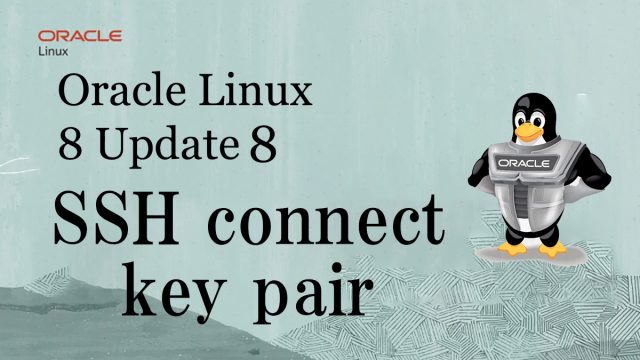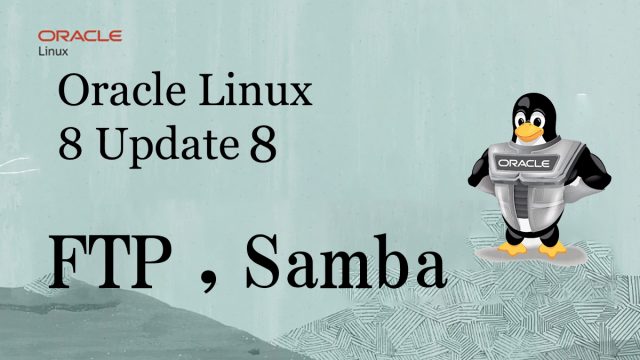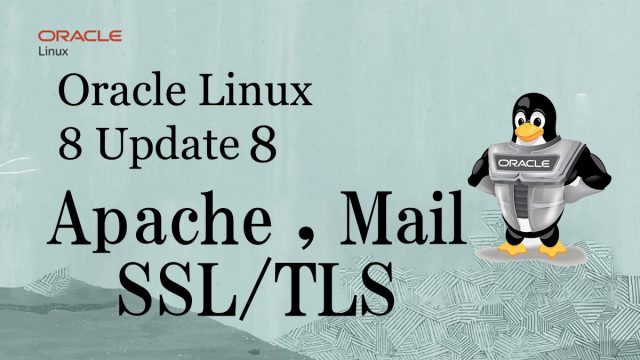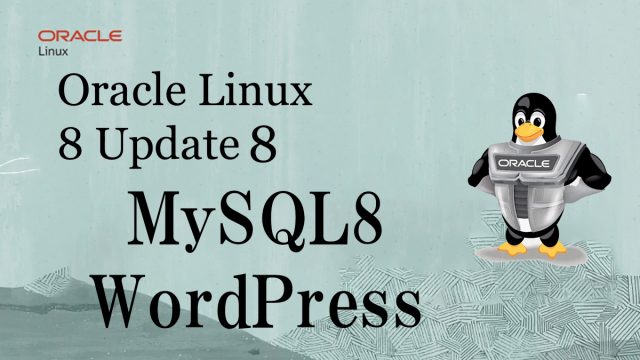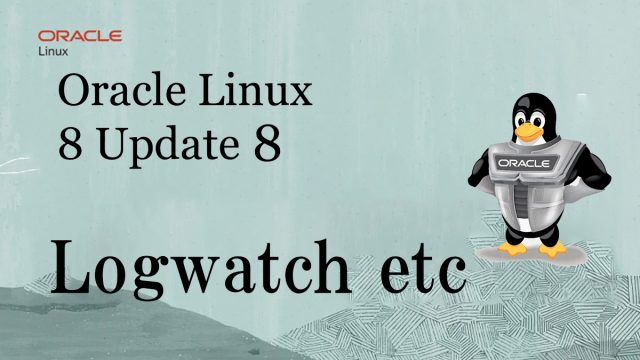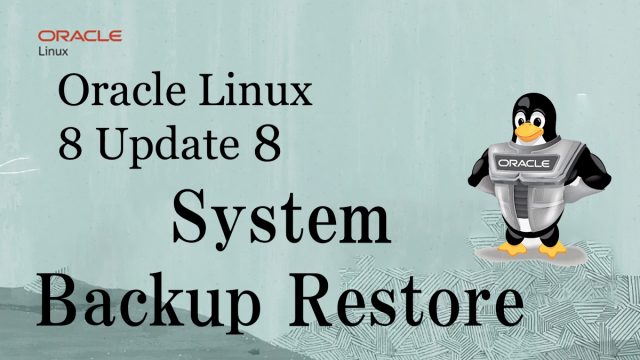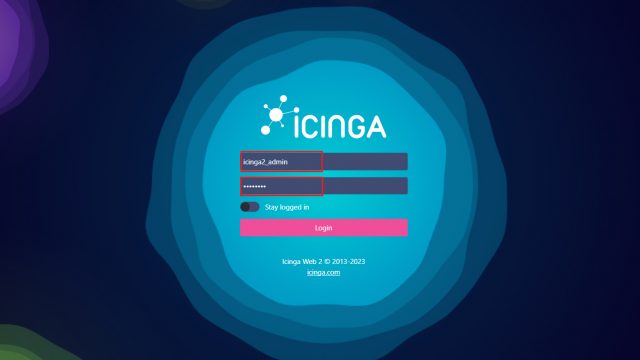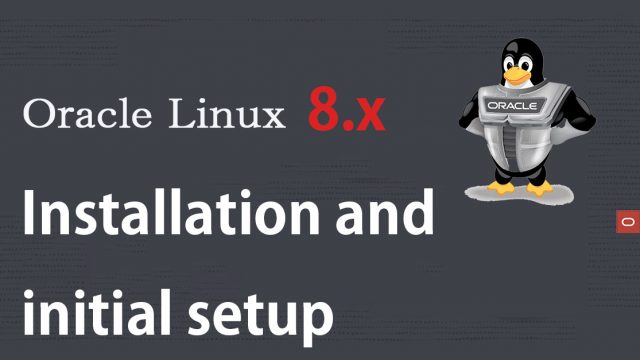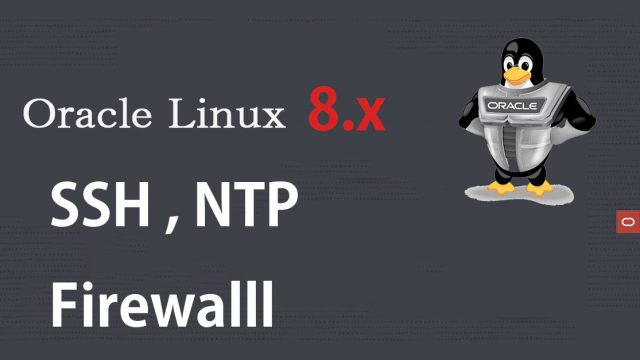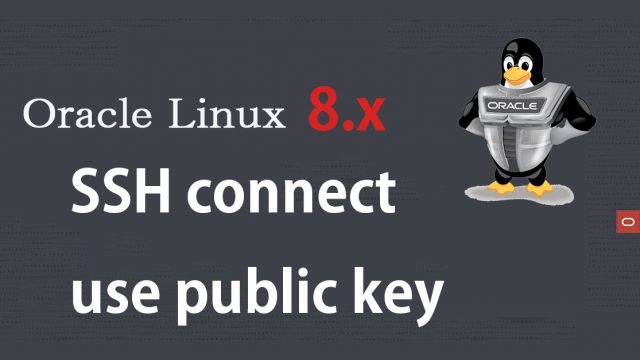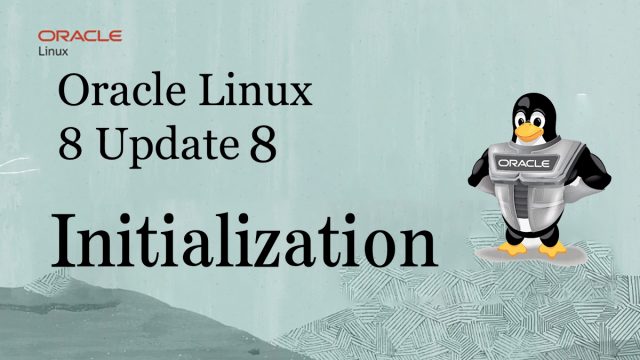 OracleLinux 8.8_en
OracleLinux 8.8_en OracleLinux8.8 : Initial settings after OS installation
1.Install bash completion extension package# dnf -y install bash-completion# reboot2.Disabling SELinuxFirst, disable selinux. selinux is a feature that improves auditing and security in Linux, but when enabled, it can limit the behavior of services and the contents of the configuration considerably.Therefore, it is basically a case of invalidation in many cases.SELinux operating modesEnforcing : SELinux functionality is enabled and access control is enabledPermissive : SElinux will warn, but no access restrictions will be placeddisabled : Both SElinux function and access control are disabled


